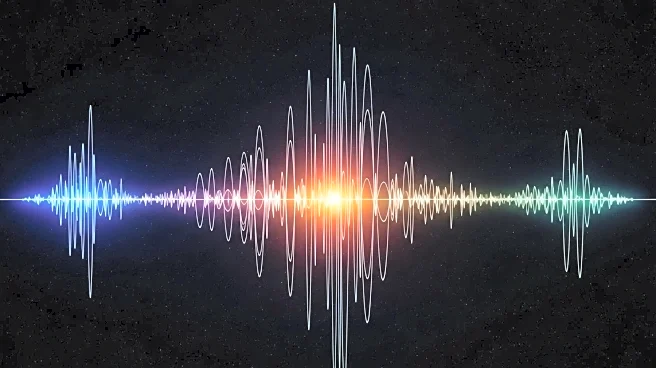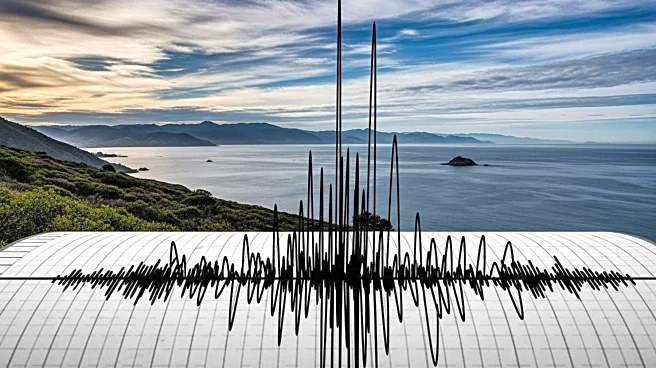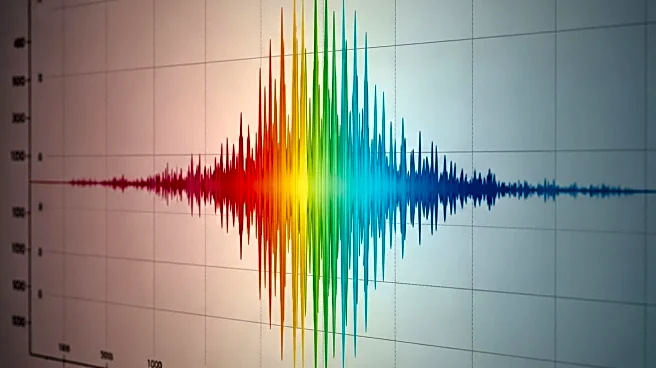What's Happening?
Recent studies have revealed that only about 10% of an earthquake's energy is responsible for the physical shaking typically associated with earthquakes. The majority of the energy, between 68% and 98%, goes into generating heat around the epicenter. Less than 1% is used to break up rock and create new surfaces. This insight was derived from experiments simulating microphysical processes in the seismogenic layer of the Earth's crust. Researchers created 'lab quakes' in a controlled laboratory setting using granite samples to mimic the seismogenic layer, allowing them to derive a complete energy budget for the quakes. The findings offer a more integrated view of the physics of earthquake-like ruptures in rocks, potentially improving current earthquake models and natural hazard mitigation.
Why It's Important?
Understanding the energy dynamics of earthquakes is crucial for improving predictive models and mitigation strategies. The revelation that most energy is converted to heat rather than causing physical destruction could lead to advancements in how scientists model earthquake impacts and identify vulnerable regions. This knowledge may help in developing better infrastructure and emergency response plans, potentially reducing the human and economic toll of earthquakes. The study also provides a new approach to bypassing the limitations of current seismological tools, offering a more comprehensive understanding of earthquake physics.
What's Next?
The research team aims to extrapolate their findings to real-world scenarios, potentially informing the creation of physical models for earthquake dynamics. This could aid seismologists in identifying regions most vulnerable to earthquakes and improve natural hazard mitigation efforts. Further studies may focus on refining these models and exploring the implications of the energy budget changes according to a region's deformation history.
Beyond the Headlines
The study highlights the importance of understanding the microphysical processes during earthquakes, which could lead to long-term shifts in how seismic activity is monitored and managed. The ethical dimension involves ensuring that this knowledge is used to protect communities and improve safety standards globally.










